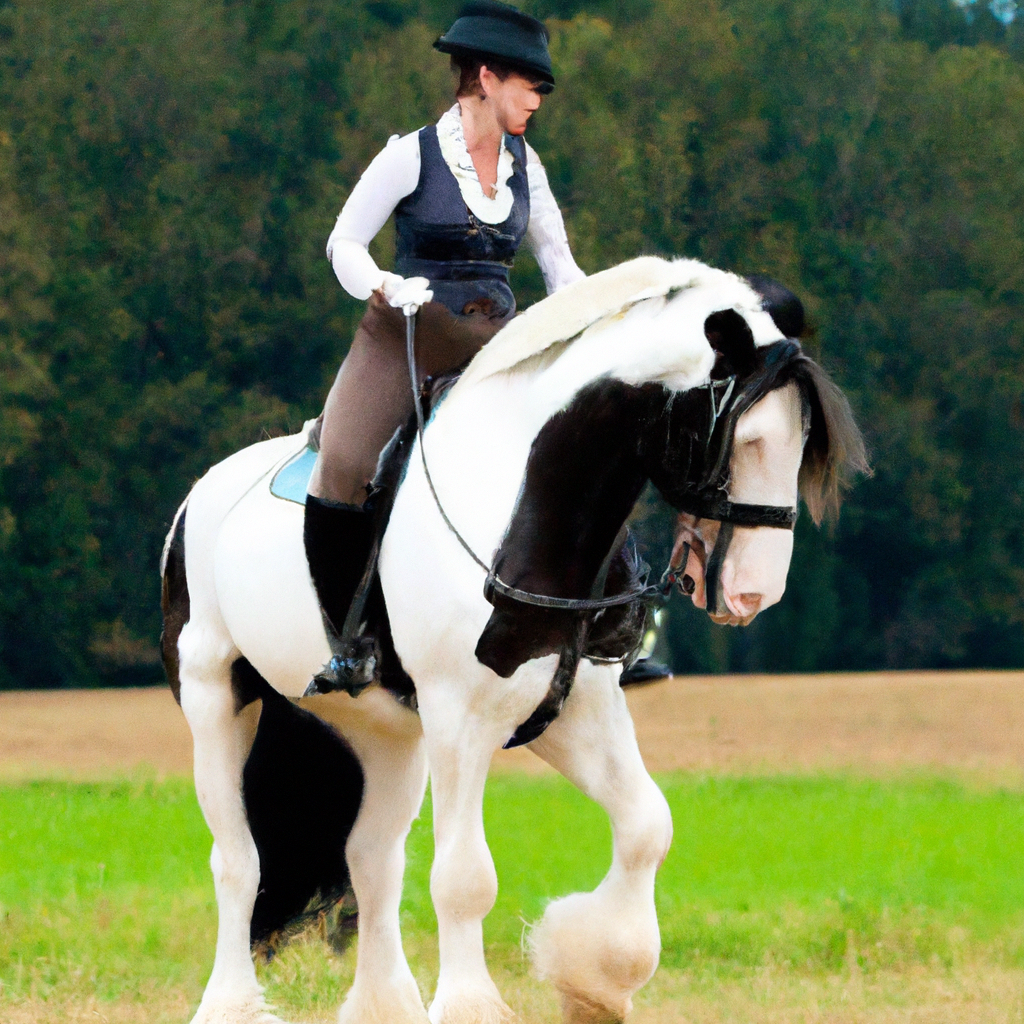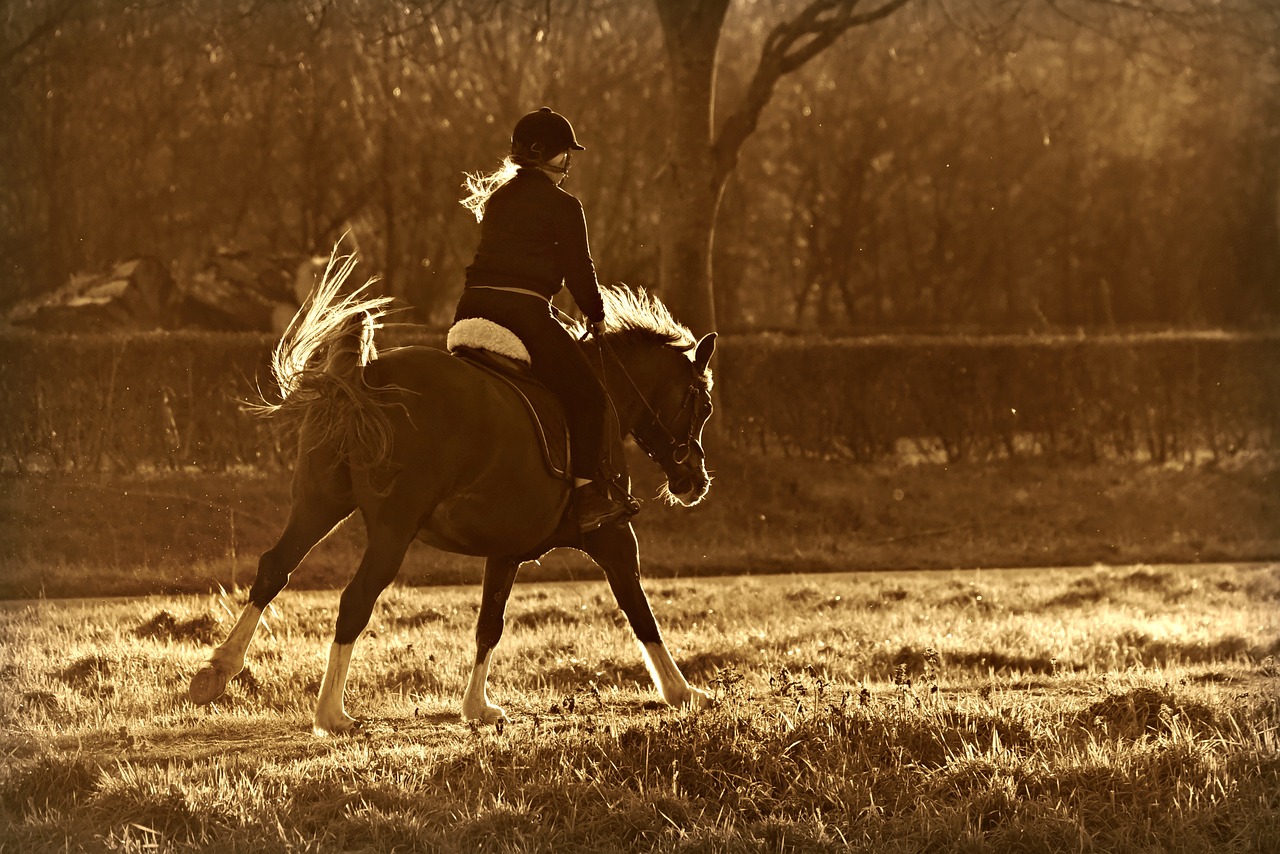Are you ready to tap into your inner dressage rider and experience the exhilaration of horseback riding? Look no further than this article, where we will explore the world of dressage and how it can transform you into a skilled and confident equestrian. Whether you’re a beginner or a seasoned rider, this exciting discipline will not only improve your riding skills but also deepen your connection with these magnificent creatures. So saddle up, and let’s embark on this transformative journey together!
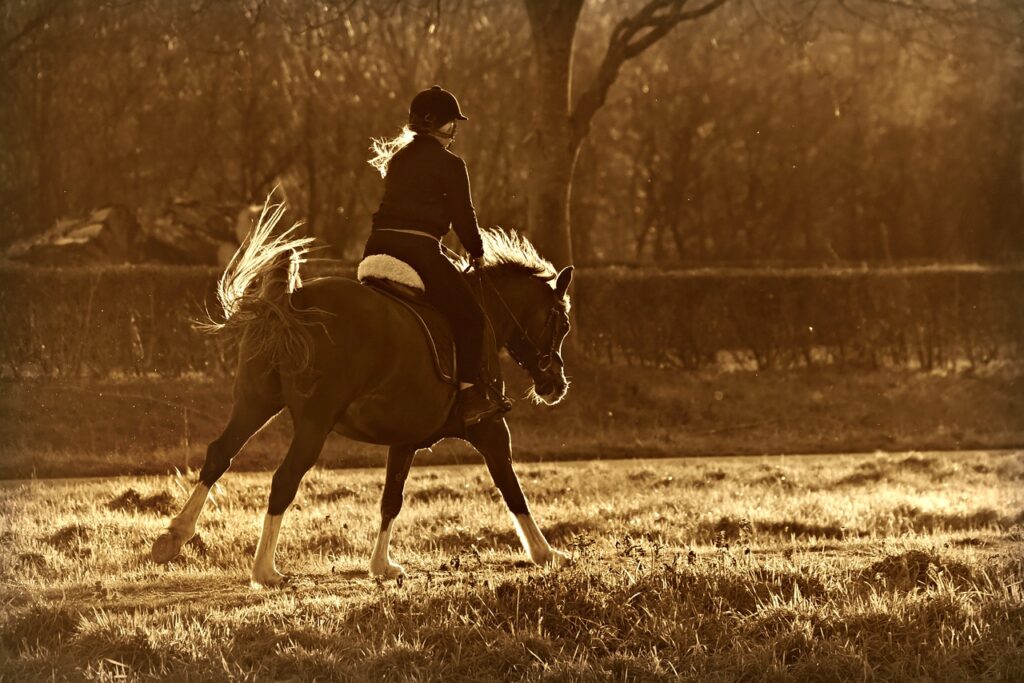
Section 1: Understanding Dressage Riding
What is Dressage Riding?
Dressage riding is a disciplined and precise form of horseback riding that focuses on the harmony between horse and rider. It is often referred to as “horse ballet” due to its emphasis on elegance, grace, and fluid movements. In dressage, the horse is trained to respond to subtle cues from the rider, showcasing its athleticism, obedience, and willingness to perform complex movements.
The History of Dressage Riding
Dressage has its roots in ancient Greece, where cavalry riders used precise movements to display their horses’ abilities in battle. Over time, dressage evolved into a competitive sport and an important part of military training. It became an Olympic discipline in 1912 and continues to be one of the most popular equestrian sports today.
The Philosophy of Dressage Riding
The philosophy of dressage revolves around the partnership and harmony between the horse and the rider. It is based on the belief that through proper training and understanding, a horse can perform with grace, precision, and brilliance. Dressage promotes the development of a supple and balanced horse, where the rider’s aids are subtle and imperceptible to the observer.
Section 2: Developing the Right Mindset
The Mental Preparation for Dressage Riding
Dressage riding requires mental focus and concentration. Before entering the arena, it is essential to prepare your mind and set yourself up for success. This includes visualizing your ride, setting attainable goals, and cultivating a positive attitude. Mental preparation not only enhances your performance but also helps you manage nerves and anxiety.
Setting Goals and Ambitions
Goal-setting is a crucial aspect of dressage riding. By setting specific, measurable, achievable, relevant, and time-bound (SMART) goals, you can track your progress and stay motivated. Whether it’s mastering a particular movement, improving your scores in competitions, or advancing to a higher level, having clear ambitions will guide your training and keep you focused.
Overcoming Fear and Building Confidence
Fear and anxiety can be common obstacles for dressage riders. It is important to acknowledge and address these emotions to build confidence in the saddle. Techniques such as visualization, deep breathing exercises, and positive self-talk can help manage fear. Gradual exposure to challenging situations and seeking support from trainers or peers can also aid in overcoming anxiety.
Section 3: Choosing the Right Horse
Finding the Suitable Breed for Dressage Riding
When choosing a horse for dressage riding, certain breeds are better suited to excel in the discipline. Warmblood breeds, such as the Hanoverian, Dutch Warmblood, and Oldenburg, are commonly preferred due to their natural athleticism, elasticity, and trainable temperament. However, other breeds, such as Thoroughbreds or even ponies, can also succeed in dressage with the right training and conformation.
Assessing the Horse’s Temperament
A horse’s temperament plays a crucial role in dressage riding. It is essential to evaluate a horse’s personality traits, such as willingness to learn, sensitivity, and work ethic. A horse with a calm and focused disposition is generally better suited for dressage, as they are more likely to respond well to the rider’s aids and remain composed during competitions.
Evaluating the Horse’s Conformation
Conformation refers to the physical structure of a horse. In dressage, certain conformation attributes are desirable, as they contribute to the horse’s ability to perform movements with ease and balance. This includes a well-aligned and proportionate body, strong hindquarters, a long and supple neck, and correct leg angles. Working closely with a knowledgeable trainer or veterinarian can help evaluate a horse’s conformation for dressage suitability.
Understanding the Importance of Movement
The way a horse moves is a critical component of dressage riding. The horse should possess natural cadence, rhythm, and suspension in its gaits, especially in the trot and canter. The ability to show extension, collection, and engagement is also vital. Observing a horse’s movement can provide valuable insights into its potential for dressage and how well it can execute the required movements.
Section 4: Essential Equipment and Attire
The Dressage Saddle and Bridle
A well-fitting dressage saddle and bridle are essential for both the comfort of the horse and the effectiveness of the rider’s aids. Dressage saddles have a deep seat, long and straight flaps, and large knee rolls to support correct rider position and balance. The bridle should include a snaffle bit, a noseband, and a browband. It is crucial to ensure that the equipment fits the horse properly and allows freedom of movement.
Selecting the Right Bits
Bits play a role in communicating with the horse and refining the rider’s aids. Dressage riders commonly use snaffle bits, as they provide direct and gentle communication. Different types of snaffle bits, such as double-jointed, single-jointed, or with different mouthpiece materials, offer varying degrees of control and comfort for the horse. Experimentation and consultation with a trainer can help determine the most suitable bit for each horse.
Understanding Different Types of Stirrups
Choosing the appropriate stirrups can enhance stability, balance, and comfort for the rider. Dressage riders often opt for traditional fillis stirrups or safety stirrups, depending on their preference and individual needs. Safety stirrups, such as those with hinged sides or rubber inserts, offer added security in case of a fall. It is essential to select stirrups that allow the rider’s foot to easily slide in and out for safety and proper leg position.
Choosing the Correct Attire
Dressage riders are expected to present themselves in a professional and traditional manner. The attire typically includes a well-fitted jacket, light-colored breeches, a collared shirt or stock tie, tall boots, and a helmet. Some competitions may require gloves and specific details regarding attire, so it is important to adhere to the dress code guidelines of the competition or event.
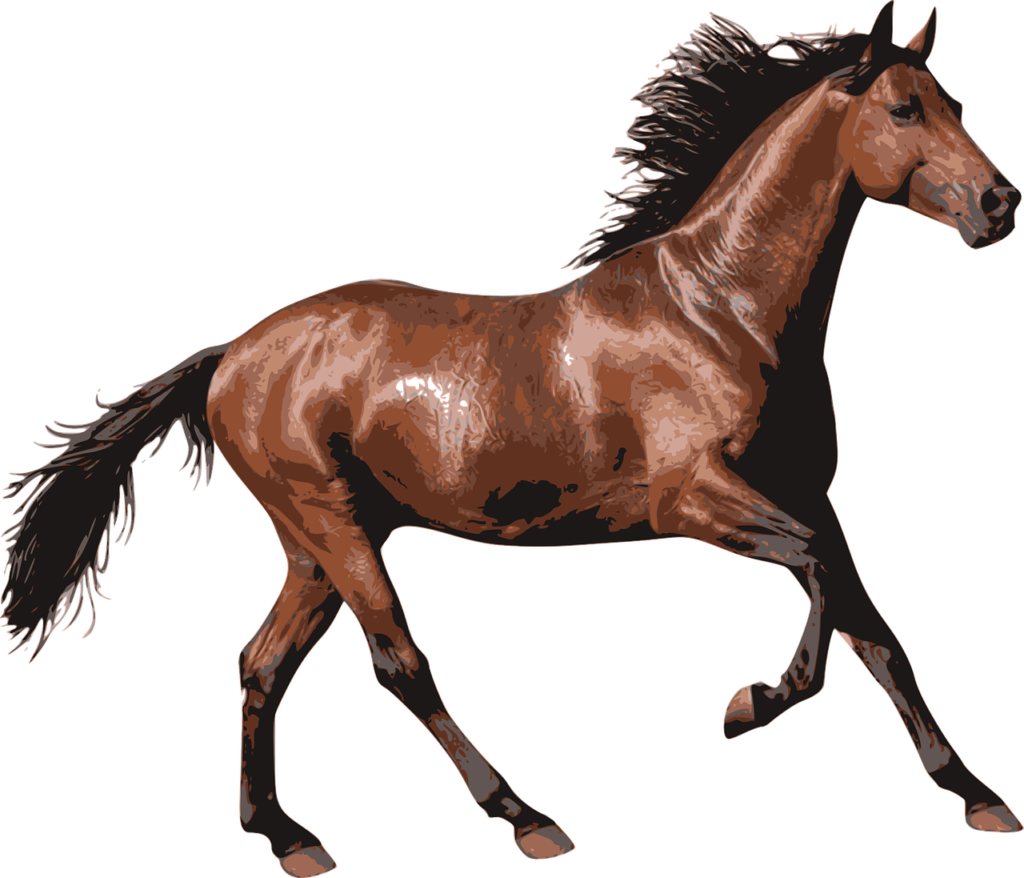
Section 5: Developing Balance and Posture
Core Strengthening Exercises
Developing a strong and stable core is crucial for maintaining balance and a correct posture while riding. Exercises such as planks, crunches, and Pilates can help strengthen the abdominal, back, and hip muscles that contribute to a secure seat. Regular core strengthening workouts off the horse contribute to better stability and alignment in the saddle.
Improving Lower Body Flexibility
Flexibility in the lower body is essential for effective communication between the rider’s seat, legs, and the horse’s movements. Stretching exercises targeting the hip flexors, hamstrings, and calf muscles can improve the rider’s ability to maintain a correct leg position, absorb the horse’s motion, and give subtle aids. Incorporating a regular stretching routine into your training can enhance your overall flexibility and suppleness.
Correcting Upper Body Alignment
Maintaining proper alignment of the upper body is crucial for balance and harmony with the horse. Dressage riders should strive for a straight, relaxed back, with the shoulders aligned over the hips and the head facing forward. Exercises such as yoga or back extensions can help improve posture, strengthen the back muscles, and promote a correct upper body position in the saddle.
Working on Rider’s Stability
Stability plays a significant role in dressage riding as it allows the rider to absorb and follow the horse’s movements. Exercises that focus on improving the rider’s balance, such as standing on one leg or performing half-seat exercises, can enhance stability in the saddle. Regular practice of these exercises will develop the rider’s ability to stay centered and enhance overall coordination.
Section 6: Understanding Dressage Movements
The Importance of Rhythm and Tempo
Rhythm and tempo are fundamental components of dressage training. Rhythm refers to the regularity and consistency of the horse’s footfalls in each gait. Tempo refers to the speed at which the footfalls occur. Developing a consistent rhythm and tempo allows the horse to demonstrate harmonious and flowing movements, as well as creating a strong foundation for more advanced dressage exercises.
Achieving Bend and Flexion
Bend and flexion are essential elements of dressage riding that allow the horse to move laterally, achieve balance, and respond to the rider’s aids. Bend refers to the curvature of the horse’s body from poll to tail, allowing for suppleness and engagement of the hindquarters. Flexion refers to the positioning of the horse’s head and neck, allowing proper communication and softness in the contact. Through correct training and rider aids, the horse can achieve varying degrees of bend and flexion in different movements.
Developing Collection and Extension
Collection and extension are two contrasting concepts in dressage riding. Collection refers to the horse’s ability to shorten its stride and increase engagement of the hindquarters, resulting in increased longitudinal balance and uphill movement. Extension refers to the horse’s ability to lengthen its stride, demonstrating forward energy, and ground-covering movement. Developing both collection and extension in the horse’s gaits is a progressive process that requires proper training and conditioning.
Mastering Transitions and Changes
Transitions and changes are essential elements of dressage movements and tests. Smooth and seamless transitions between gaits and within the gaits demonstrate the horse’s obedience, balance, and adjustability. Changes refer to the alteration of the horse’s gait or movement, such as changes of lead or changes of direction. Mastering these movements requires precise timing, clear communication with the horse, and the ability to maintain the horse’s balance throughout the transitions.
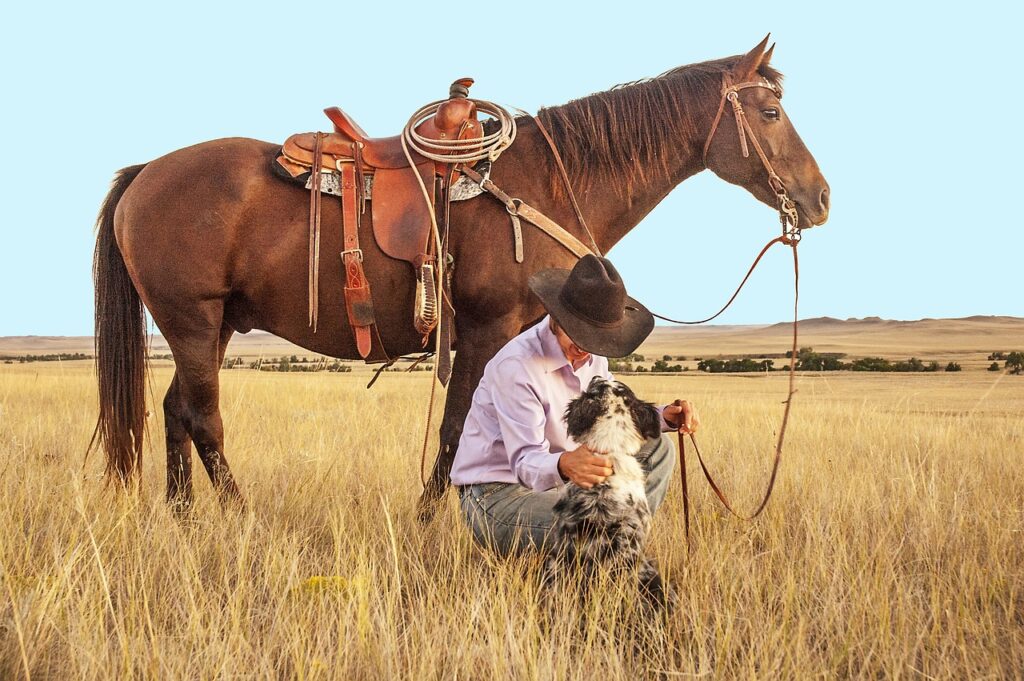
Section 7: Building a Strong Partnership
Establishing Trust and Respect
Building a strong partnership with your horse is the foundation of successful dressage riding. Trust and respect are earned through consistent and fair training methods. By establishing clear boundaries, providing positive reinforcement, and practicing effective communication, you can develop a deep connection with your horse. Building trust and respect enhances the horse’s willingness to perform, collaborate, and respond to your aids.
Communication and Cueing
Effective communication between horse and rider is essential in dressage. Developing clear and consistent cues allows you to communicate your intentions to your horse. While traditional aids such as the seat, legs, and hands are important, dressage also emphasizes the use of subtle weight shifts, breathing, and focus. Consistency in your communication and clear reinforcement of desired responses will lead to a more harmonious partnership.
Developing a Harmonious Connection
Achieving a harmonious connection with your horse is the ultimate goal in dressage. This connection refers to the seamless communication, trust, and unity between horse and rider. By continuously refining your aids, focusing on consistent and correct execution of movements, and establishing a nurturing and understanding relationship with your horse, you can cultivate a harmonious partnership that allows for beautiful and effortless performances.
Section 8: Training Exercises and Techniques
Working on Straightness and Suppleness
Straightness and suppleness are fundamental aspects of dressage training. Straightness refers to the horse’s ability to move evenly and symmetrically along a straight line or on a curved line. Suppleness refers to the horse’s ability to bend and flex its body laterally and longitudinally. Exercises such as shoulder-in, leg yield, and serpentines can help improve straightness and suppleness, promoting better balance, engagement, and responsiveness.
Improving Lateral Movements
Lateral movements are an integral part of dressage training and involve the horse moving sideways. Exercises such as leg yield, travers, and renvers enhance the horse’s ability to move laterally and increase its diagonal and lateral suppleness. These exercises contribute to the development of the horse’s symmetry, collection, and engagement of the hindquarters.
Developing Impulsion and Engagement
Impulsion refers to the horse’s active and energetic movement from the hindquarters into the contact. Engagement refers to the horse’s ability to shift its weight onto the hindquarters, allowing for increased power and self-carriage. Exercises such as shoulder-in, half-pass, and transitions within and between gaits can develop impulsion and engagement, resulting in elevated and expressive movements.
Perfecting Half Pass and Canter Pirouette
The half pass and canter pirouette are advanced movements in dressage that require precision, balance, and collection. The half pass involves the horse moving diagonally while remaining in a shoulder-fore position. The canter pirouette is a small, collected canter on a small circle, with the horse maintaining a high degree of collection and balance. Mastering these movements requires careful progression, effective aids, and consistent refinement of the horse’s balance and collection.
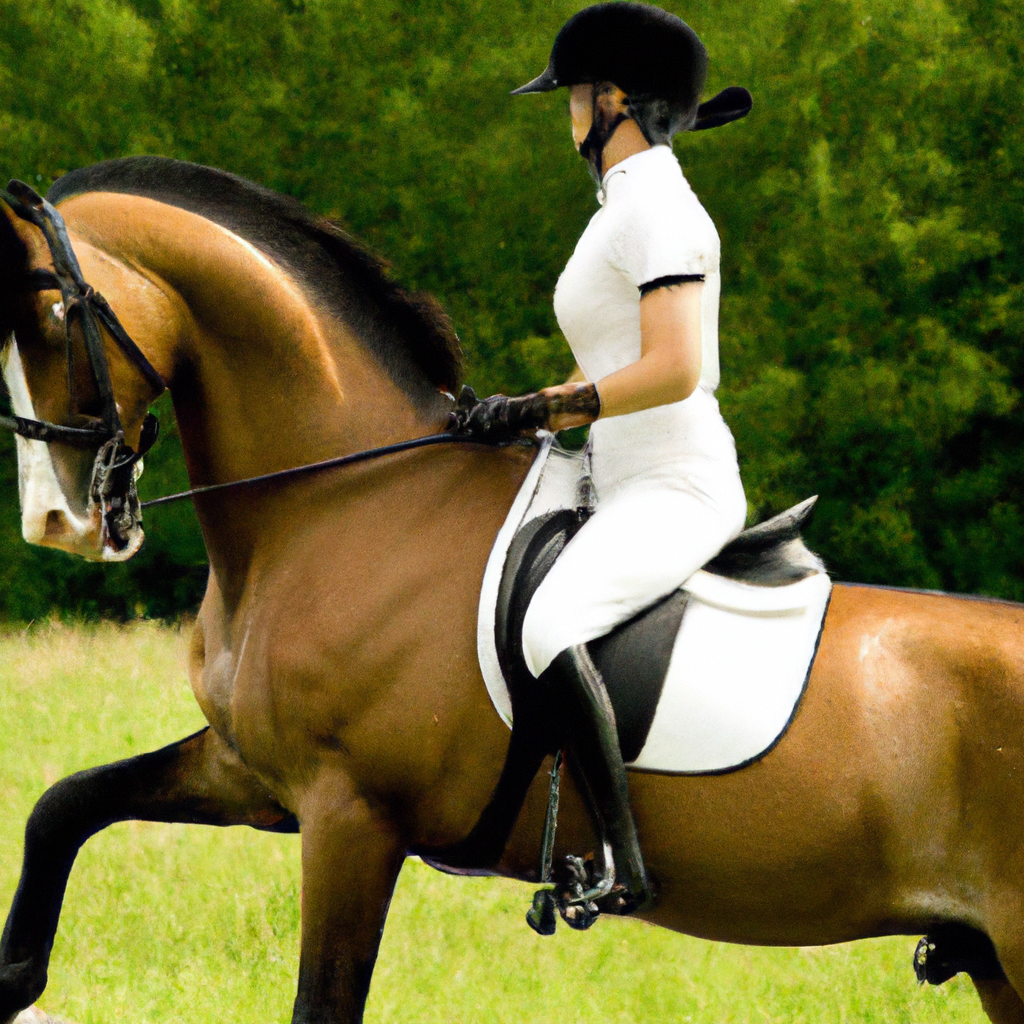
Section 9: Preparing for Competitions
Understanding Dressage Tests and Levels
Competing in dressage involves riding prescribed tests that assess the horse and rider’s abilities at different levels. Understanding the structure, movements, and criteria of each dressage test is essential for successful competition. Starting at the lower levels, progressing through the levels requires consistent training, refinement of movements, and adherence to test requirements. Familiarizing yourself with the test patterns and practicing them regularly will help build confidence and precision.
Training for Accuracy and Precision
Accuracy and precision are vital aspects of dressage competition. Each movement within a dressage test has specific requirements in terms of geometry, timing, and execution. Training for accuracy involves consistent practice of the test movements, ensuring that they are performed correctly and in the designated areas of the arena. Precision relates to the rider’s ability to control and execute the movements with finesse and attention to detail.
Mental and Physical Conditioning
Preparing for dressage competitions requires both mental and physical conditioning. Physical conditioning involves maintaining the horse’s fitness, suppleness, and strength through regular training sessions, cross-training activities, and conditioning exercises. Mental conditioning involves managing competition nerves, visualizing successful performances, and practicing in simulated show-like environments. A combination of physical and mental conditioning will ensure that both horse and rider are prepared to perform their best on competition day.
Navigating the Show Environment
The show environment can be overwhelming for both horse and rider. Navigating the competition grounds, warm-up arenas, and show rings requires careful planning and preparation. It is important to familiarize yourself with the show venue, study the competition schedule, and allocate enough time for warm-up and relaxation before your ride. Establishing a routine and sticking to it on competition day will help reduce stress and anxiety for both you and your horse.
Section 10: Continuing Education and Improvement
Working with Professional Trainers and Coaches
Continuing education and improvement in dressage can be achieved through collaboration with professional trainers and coaches. Working with a knowledgeable and experienced dressage instructor can provide valuable guidance, feedback, and personalized training plans. Regular lessons and coaching sessions ensure that you continue to refine your skills, address weaknesses, and progress in your dressage journey.
Attending Dressage Clinics and Workshops
Attending dressage clinics and workshops allows for exposure to different training methods, techniques, and perspectives. Clinics led by renowned trainers and riders provide opportunities for intensive and focused instruction, often addressing specific aspects of dressage training. These educational events allow you to broaden your knowledge, observe other riders, and receive feedback from experts in the field.
Utilizing Video Analysis
Video analysis is a valuable tool for dressage riders to assess their performance and identify areas for improvement. Recording your training sessions or competitions and reviewing the footage with your trainer or coach can reveal subtle errors, inconsistencies in aids, or areas of weakness in your riding. Video analysis provides an objective perspective and allows for targeted adjustments in your training regimen.
Staying Up-to-date with Dressage Trends
Dressage is an evolving discipline, with new techniques, training methods, and developments emerging over time. Staying up-to-date with dressage trends, changes in rules, and advancements in training philosophy ensures that you remain informed and adaptable in your approach to dressage. Engaging with dressage communities, attending educational conferences, and reading reputable publications will keep you informed of the latest developments in the sport.
Content retrieved from: “Unleashing Your Inner Dressage Rider through Horseback Riding” on horsebackridingdude.com.
